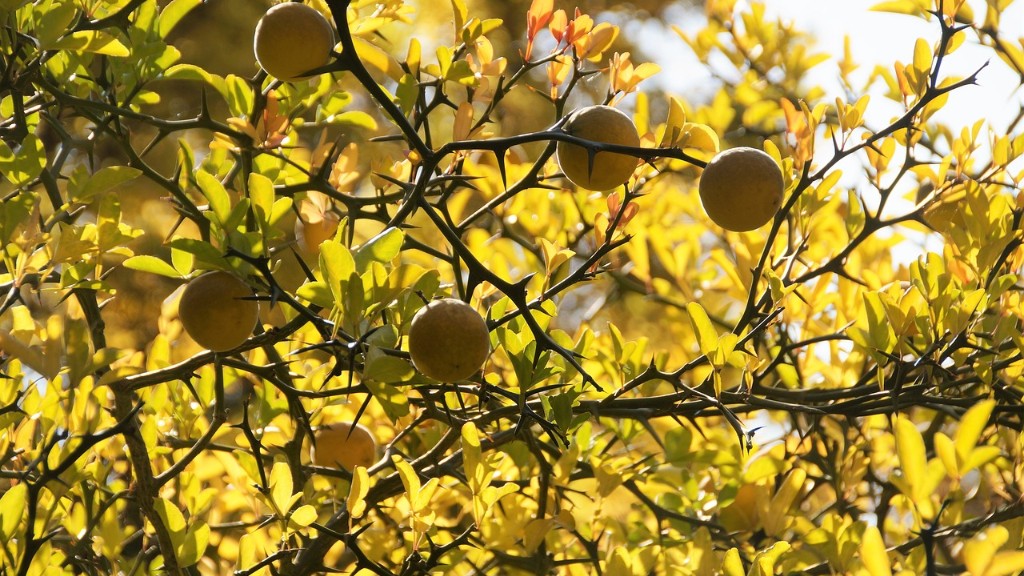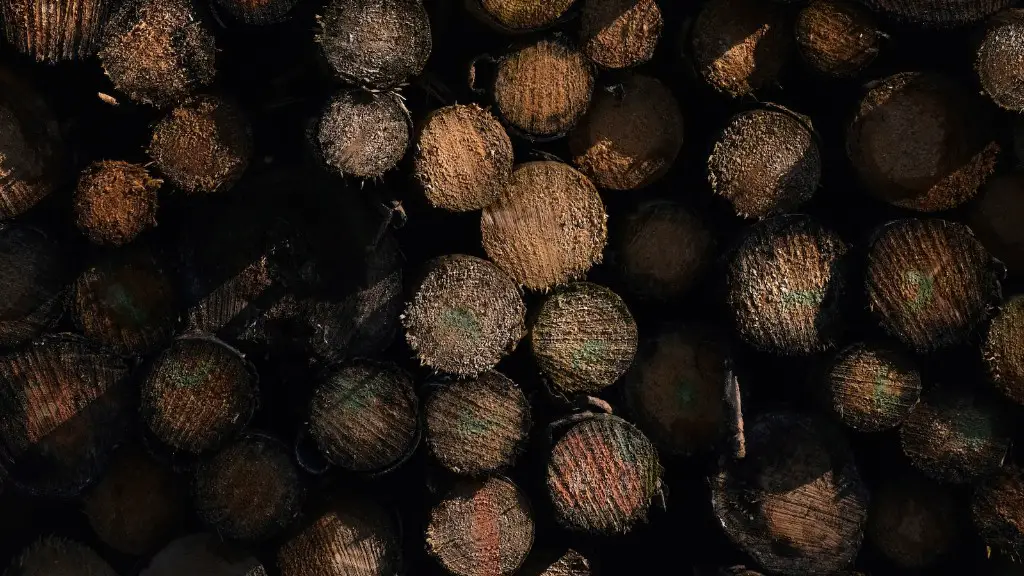What Soil To Use For Avocado Trees
For those keen on growing their own avocado trees, the question of what soil to use for their plant is as important as the soil for any other type of tree. It is essential for the bearer of your tree to stay healthy and strong, which is why factors like pH levels, nutritional content, and soil moisture retention should be taken into consideration. Avocado trees enjoy well draining, moderately fertile and slightly acidic soil. For a detailed guide on the best soil to use for an avocado tree and how to take care of it, read on.
The Ideal Avocado Soil
The perfect soil for an avocado tree is loamy in composition and should have plenty of organic material. If a loamy soil is not available, soil balance can be amended with organic material, such as compost and pine needles. The pH of the soil should ideally be slightly acidic at 6.0–6.5, while monitoring it on a frequent basis. If the soil is more than 6.5, adding elemental sulfur can lower the pH. The texture of the soil should also be well-draining, as the tree prefers dryness rather than consistently moist soil.
When selecting soil for planting an avocado tree, make sure there are no gravel or rocks mixed in. Stones and rocks can impede plant growth since they prevent water from draining freely and can make it difficult for the roots to penetrate and expand.
A high-quality potting mix specifically made for growing avocado trees that has the required components will do, but it can be cost-prohibitive for some. Mixing one’s own soil may be necessary, provided the avocado tree’s unique needs are kept in mind.
Nutrient Rich Soil
Besides having proper drainage and a suitable pH level, the soil used to grow an avocado tree needs to be nutrient-rich. A higher level of nutrition is necessary for fruit production, so adding a slow-release, balanced fertilizer is recommended. Fertilizing with a 5-10-10 fertilizer will comprise the three major nutrients needed for healthy growth ― nitrogen, potassium, and phosphorus ― and trace elements should also be included to ensure an adequate supply of iron and zinc.
The team of experts at the University of California’s Department of Botany and Plant Sciences recommends fertilizing the soil of an avocado tree once every six months. This will help maintain and raise the soil composition, allowing for healthier growth and ultimately, better avocados.
Soil Retention
To reduce moisture losses, avocado tree owners can cover the soil with a layer of mulch material such as grass clippings or wood chips. These soils should not be deep, as the mulch should not be mounded up around the tree. Furthermore, deep mulching runs the risk of pests, such as snails and cockroaches, making their home and subsequent bedding in the soil around the tree.
The mulch material should be 4-6 inches in depth, and kept away from the bark of the tree to minimize contact. Doing this will help retain moisture in the soil for longer, helping the tree bear fruit for years to come.
Beetles and Fungus
Beetles, fungi and other such pests can prove disastrous for an avocado tree if proper care is not taken. Fungi requires moderate to wet air and, as avocados prefer dry air, they are more susceptible to that strain of bacteria. Applying an antifungal mulch to the soil surrounding the tree will help guard against the fungus, while using an insecticide should keep the pest levels down.
At the same time, avocado trees love sunshine and heat, so they should not be left without drainage. Getting adequate sunlight is crucial for producing healthy fruit, and light rain is recommended sparingly, although this can be easily monitored if the tree is potted.
Repotting
When an avocado tree is starting to overgrow the pot, it is time to repot it. Transferring the tree into another pot should be done carefully, taking pains not to disturb the roots too much. An adequate potting mixture should be prepared and soil from near-by sources should not be used, as this can introduce pests or fungi into the system. Take measures to ensure the soil is properly aerated and humidity levels are measured to keep the avocado tree in optimum condition.
In general, any soil amendment or fertiliser should not be used too close to the plant’s roots. Since this can burn the skin of the root structure, it should be maintained 5-6 inches away from the base.
Weeding
Another problem that can occur in regard to soil and avocado trees is weeds. As they compete with the tree for the same nutrients, weeding is necessary to ensure the tree can get the resources it needs. To prevent the regrowth of weeds, those with the resources can use a weed fabric to protect the soil from any unwitting invaders.
Weeds and organic matter decompose and add vital nutrients to the soil, but more than a little can reduce the chances of the tree getting the nutrition it needs. To avoid this situation, a layer of mulch should be implemented to reduce the growth of unwanted plants.
Regular Soil Tests
To stay on top of the needs of an avocado tree, the soil must be tested on a regular basis. This will help the owner adjust their soil treatments and amendments if needs be to make sure the soil is in the best condition possible. The pH balance of the soil should be monitored around 4 times a year, as this is crucial to the health of the tree. Too high or too low of a pH level can stunt the growth of the tree.
If the soil is kept in check and the other elements of the tree are managed properly, the avocado tree should stay healthy for many years. With suitable soil, adequate nutrition and knowledge of soil management, an avocado tree can become a long-term part of the garden.
Watering Practices
Due to the fact that the avocado tree does not like soil that is too wet or too dry, finding the right balance when it comes to watering is key. Figure out how often the garden gets watered and adjust the amount of water given to the tree accordingly. It should rain regularly, as avocados need more water as they grow. However, in areas where rain is sparse, the tree will need regular watering. The soil should be kept moist, but not soggy, as this can cause the tree to become diseased.
Irrigation and the type of watering system should also be considered. An irrigation system should be tailor-made and designed for avocado trees, with the right amount of water for the time of day and season. If this is too expensive an option, a slow-drip system can have the same results, helping conserve water and reduce waste.
Grafting and Pruning
Avocado trees can respond very well to grafting and pruning. This means that the tree can thrive even if it gets a bit of practice and help. By adding two different varieties of avocados and combining them by grafting, one can get a plant that is more immune to diseases as well as bears more fruit throughout the year. Pruning should also be done regularly and should focus on removing any dead branches, encouraging regrowth and allowing for more healthy shoots to grow in their place.
Additionally, pruning the tree correctly can help it become more compact and less likely to drop fruits. Pruning is a great tool to help shape the tree’s shape and guide it to producing higher-quality fruits, which will make the difference between a good tree and an excellent one.




